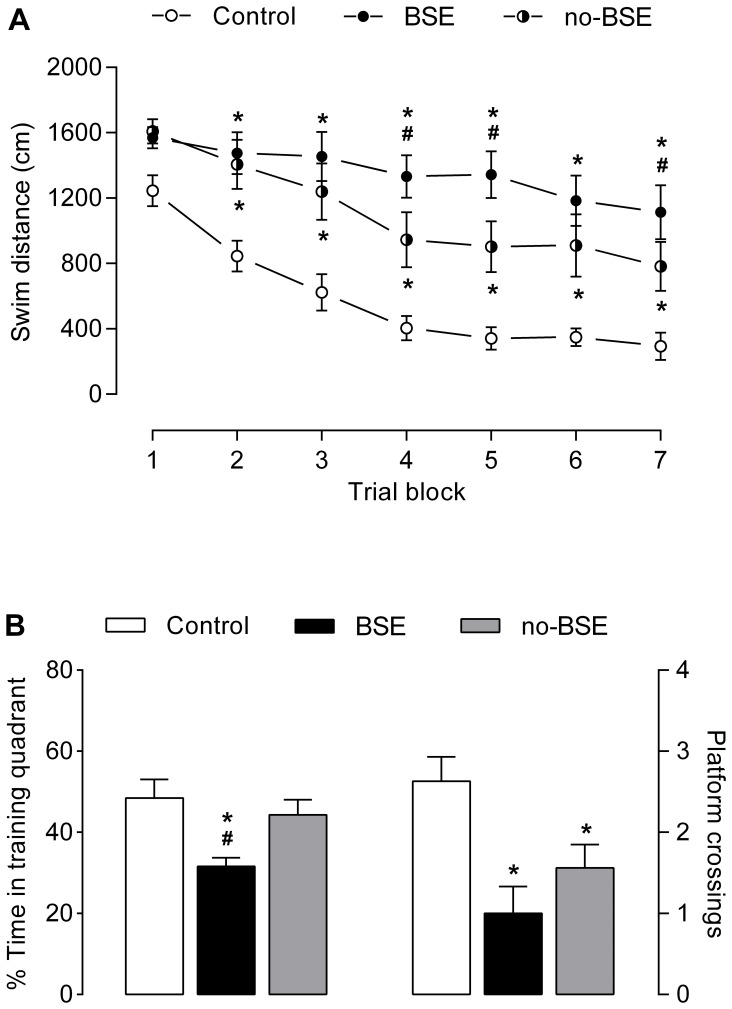Figure 4. Effects of kainate treatment on the performance of rats on the water maze.
(A) The y-axis represents the mean swim distance (±SEM) in centimeters to reach a hidden platform throughout the acquisition of the water maze task. The data were averaged across seven blocks of four consecutive trials each (the x-axis). Note that the performance of rats that had experienced behavioral status epilepticus (BSE group) on this task was extremely poor. However, spatial learning of the rats that showed no convulsive status epilepticus (no-BSE group) was also considerably impaired. *p<0.0001 for BSE group vs. control group and p<0.001 for no-BSE group vs. control group; # p<0.05 vs. no-BSE group. (B) The y-axes represent the percentage of time spent by rats in the training quadrant of the water maze during the probe trial and the number of times they swam through the zone where the platform had been located (platform crossings). Unlike control rats, rats in the BSE group did not show a preference for the training quadrant of the water maze and were impaired in their ability to localize the former platform position. However, the acuity of spatial search was also impaired in the no-BSE rats, as indicated by the fact that they crossed the former platform position less frequently than did control rats. *p<0.05 for no-BSE group vs. control group and p<0.01 for BSE group vs. control group; # p<0.05 vs. no-BSE group. Data are presented as the mean±SEM.

